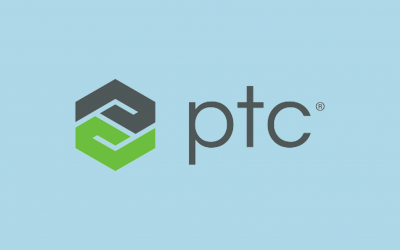Software companies often choose to rollout new products by having their developers work directly with beta test customers. But is this really a good idea? Not really, but let's understand why not, and then consider a couple of best practices if you just have to do it...
software development
Continuous Integration Best Practices—Part 4
As I noted in other articles in this "Continuous Integration Best Practices" Series (click here for Part 1, Part 2, or Part 3", there are 10 best practice principles associated with Continuous Integration and in this previous articles, we covered the first eight. In...
Continuous Integration Best Practices—Part 3
As I noted in "Continuous Integration Best Practices—Part 1" and "Continuous Integration Best Practices—Part 2" there are 10 best practice principles associated with Continuous Integration and in this previous articles, we covered the first six. In this article, we...
Today’s Growing IoT Problem: Embedded Software Security – An Interview with Cambashi’s Peter Thorne
When it comes to the Internet of Things (IoT) and connectivity, embedded software security is a top concern for a growing number of manufacturing companies and their software engineers. The worldwide market for embedded security software is forecasted to rise to $2.95...
Continuous Integration Best Practices—Part 2
As I noted in "Continuous Integration Best Practices—Part 1" there are 10 best practice principles associated with Continuous Integration and in this previous article, we looked at the first three. For part 2, we pick up where we left off and talk about principles...
Continuous Integration Best Practices—Part 1
Continuous Integration is a leading software development methodology whereby new development is constantly being submitted and tested against the main body of work. The goal being rapid feedback on incremental changes, resulting in lower maintenance costs and higher...
The Difference Between Continuous Delivery and Continuous Deployment
In my previous article, I define and compare the two software development practices of Continuous Integration and Continuous Delivery. The two practices are complementary and potentially overlapping, but at least their names give us the hint that they are distinct. If...
Podcast: Peter Thorne Discusses Hot Trends in Product Lifecycle Engineering Tools
SPK and Associates co-founder Chris McHale speaks with Peter Thorne, director at Cambashi, a Cambridge, England-based independent industry analyst firm. With his over 30 years of experience as a software engineer user, vendor, and now analyst, Peter's in a great...
How to create Column Contexts for PTC Integrity documents
One handy feature of PTC Integrity is the column context. Through the use of the column context a user can easily change what document columns are presented to them in the document view based on the role or task they are performing. For example, by default a column...
Why an Automated Development Process Benefits Developers
Automated development, rather than just automated builds, offers a more holistic approach to automating the development process including building, testing and deployment. It is the cornerstone of Continuous Integration (CI). CI uses a model of small incremental...
A Brief History of Automated Builds
Almost every programming book starts with an example of a small program which can be compiled from the command line using a simple call to the compiler with maybe a few flags. Known as “Hello World”, the few lines of code needed to output the text is almost universal....








